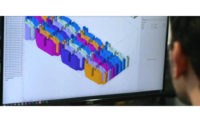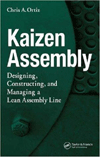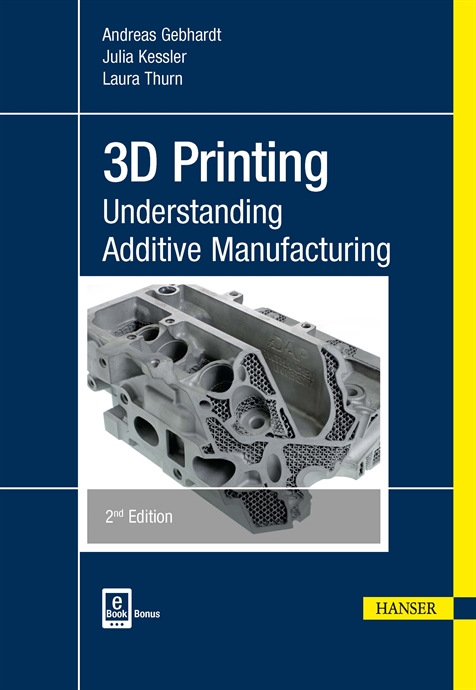Building a piano is partly assembly and mostly art. Ever so meticulously, the hundreds or thousands of parts that go into each piano are either made by hand or produced on state-of-the-art CNC machines to a tight tolerance. They are then carefully assembled to create a unique and beautiful instrument.
UK-based Phoenix Piano Systems Ltd. (PPS) retains this approach to piano assembly, while applying modern acoustic technology and other state-of-the-art science to piano design.
Incorporated in 2010, PPS is a cooperative venture between Steingraeber Klavierfabrik of Bayreuth and its appointed UK distributor, Hurstwood Farm Piano Studios of Sevenoaks.
One of the latest acoustic technologies developed by Phoenix is its D3D Hammer System, which required extensive design work and uses 3D-printed parts made by igus UK Ltd. These features enable the D3D system to offer improved playability, sound, performance and longevity when compared to the traditional hammer assembly.
This latter assembly consists of a fixed hammer flange, a hinged shank and a hammer, all made of hornbeam wood. The downside of this assembly, according to Richard Dain, founder of PPS, is the shank flexes over time due to temperature and humidity changes. The assembly warps and drifts, causing irregular strikes that affect the sound. To ensure predictable and quality sound, technicians must adjust or replace the hammer assembly.
A few years ago, Dain decided to develop a better hammer assembly, and sought the help of James Bacon, a composer and recording engineer who runs the Piano Recording Studio. Their work resulted in the D3D system.
The one key change they made was replacing the wood hinged shank with a bushless hinge assembly featuring 3D-printed roller bearings from igus. Made of ultra-high-grade tribopolymer material, the bearings act as center points for smooth operation, and are wider, stronger and more dimensionally precise than traditional wire center pins. Equally important, tribopolymer is a lightweight and strong material that ensures climate-resistant performance throughout the registers of a piano.
Dain says tribopolymer also works well for this application because of its aesthetics. The material’s ivory-white color complements the black inner felt Abel hammers. Tuning technicians appreciate the cream color, which is easy to see in the confined space of a piano action.
“[For] our [D3D] prototypes, we [were] able to ream the igus material with relative ease, ensuring a perfect fit for our center pins,” says Bacon. “[When] fitted with a prototype, our test piano offered a fabulous sense of control and immediacy, and superbly controlled hammer flight. Pianists report that [the system] is like stepping into a Ferrari after driving a Ford Model T.”
According to Dain, the pianists find that they can produce more power with less effort. They also say there’s a sense of connection with the piano that they never experienced before.
“All of us are confident that we have not only remedied the age-old limitations with hammer assemblies, but have produced a world-beating system that is a joy for pianists to use,” says Dain. “We expect these assemblies may well exceed the lifespan of the piano itself.”
For more information on 3D printing services, call 800-521-2747 or visit www.igus.com.








